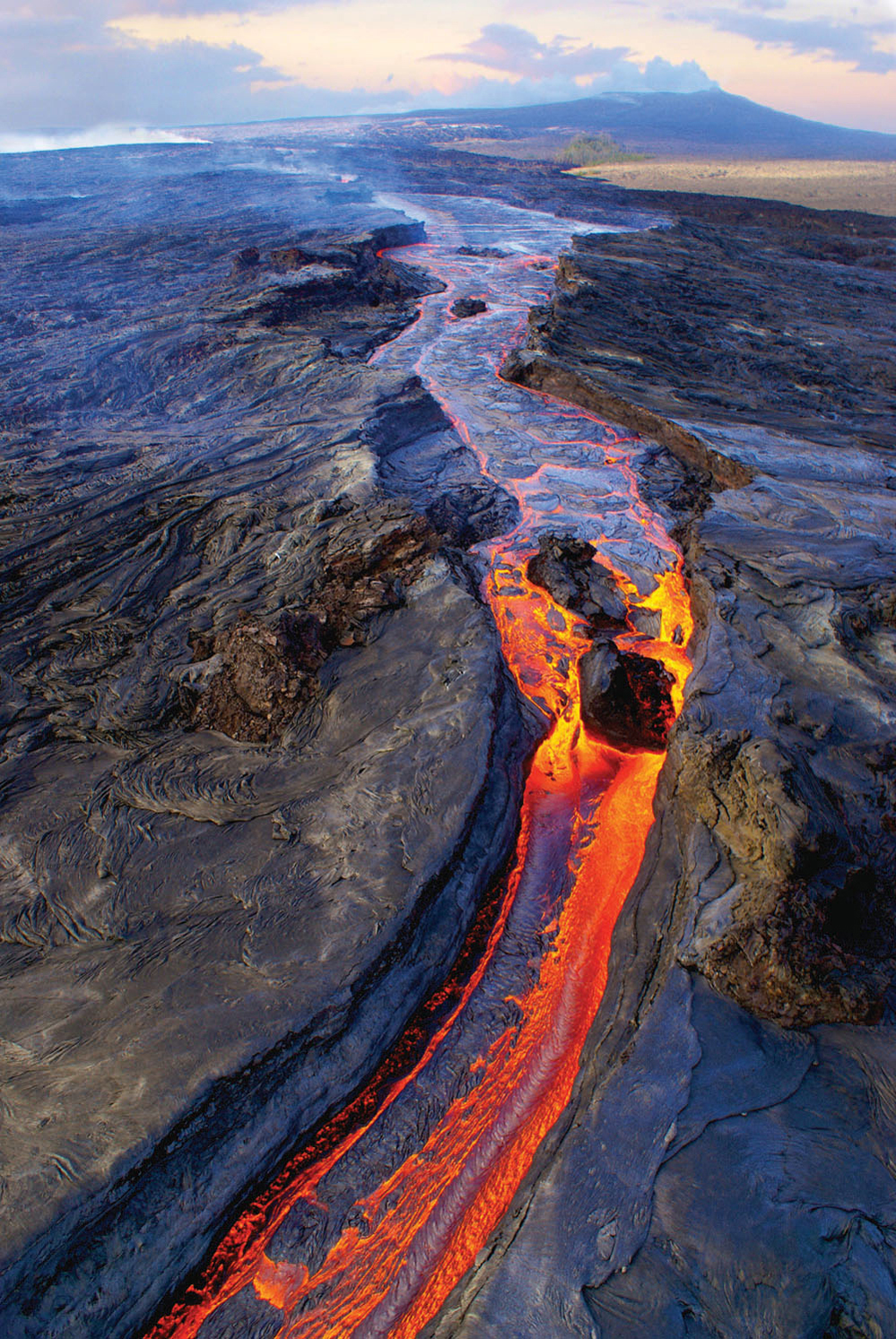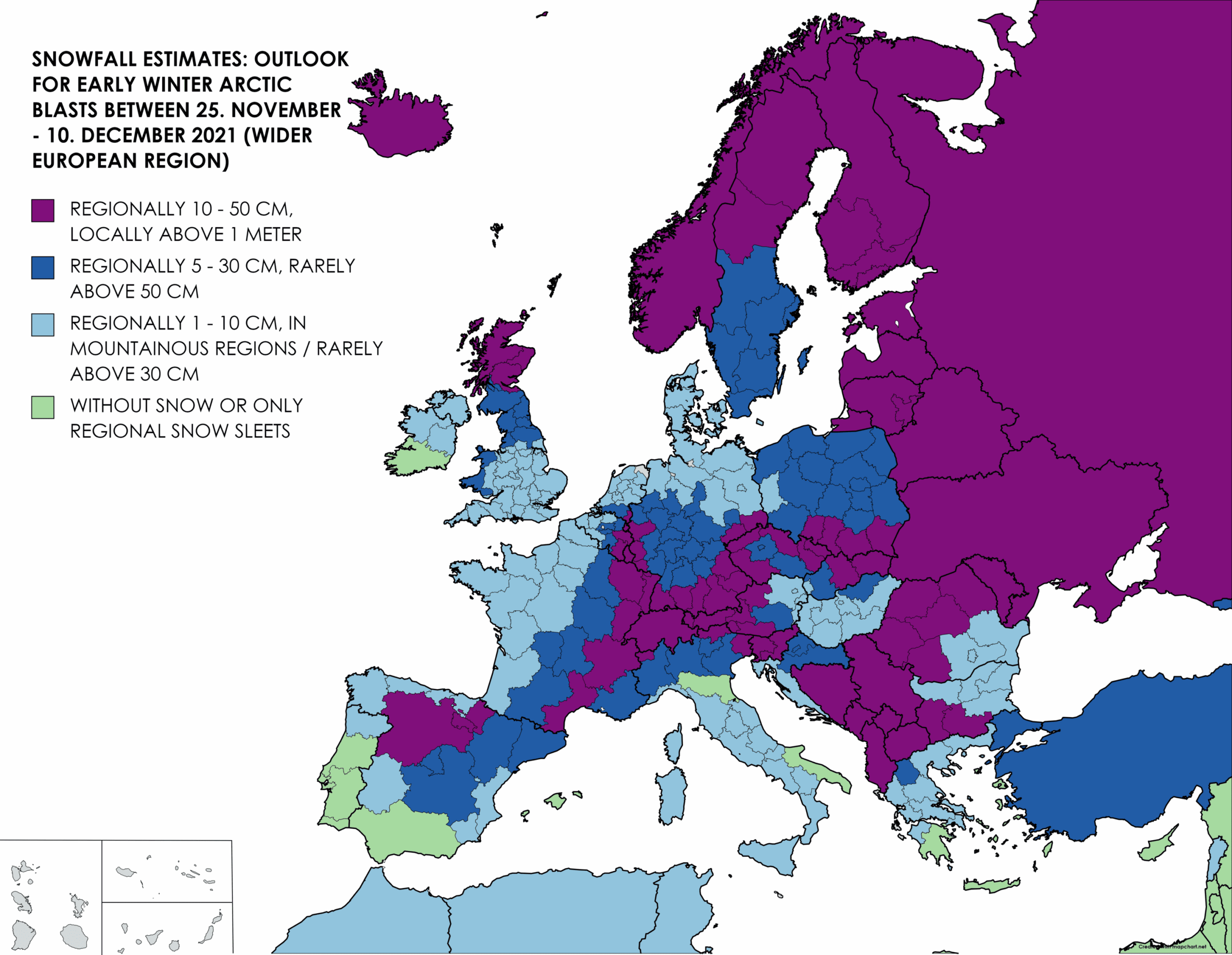
Introduction to Mauna Loa
Mauna Loa, located on the Big Island of Hawaii, is the world’s largest active volcano, making it a topic of great significance not only in geology but also in understanding volcanic activity and its implications for local ecosystems and communities. The volcano’s recent increase in seismic activity has heightened concerns among scientists, locals, and visitors, prompting close monitoring by the United States Geological Survey (USGS).
Recent Activity
In late 2022, Mauna Loa erupted for the first time in nearly 40 years. The eruption was significant, producing lava flows that posed potential threats to nearby communities. Fortunately, the lava flowed predominantly into uninhabited areas, yet it highlighted the volcano’s potential for rapid change and the need for effective emergency preparedness plans. Following the eruption, scientists continued to track the volcano’s seismic patterns, providing regular updates on its status.
Ecological and Community Impact
Mauna Loa plays a crucial role in its surrounding ecosystem. The volcanic soil is rich and fosters diverse flora and fauna, contributing to Hawaii’s unique biodiversity. However, increased volcanic activity can disrupt local habitats and air quality. Residents near Mauna Loa have been advised to stay informed and prepare for possible evacuations. Local emergency services have conducted drills to ensure readiness should a more severe eruption occur in the future.
Significance for Research
Scientists from around the globe are drawn to Mauna Loa for research opportunities. The volcano serves as a natural laboratory for studying eruption patterns, lava flows, and gas emissions. Research findings can inform not just local policy but also global understanding of volcanic activity and its implications for climate change. Continuous monitoring helps researchers better predict future eruptions, formulate hazard assessments, and recommend safety measures for communities in at-risk areas.
Conclusion
The recent activity of Mauna Loa underscores the importance of monitoring volcanic systems and preparing for potential hazards. As researchers delve deeper into the volcano’s behavior, the insights gained will not only benefit the people of Hawaii but will also contribute to global volcanic research. Understanding such natural phenomena is crucial for creating effective disaster preparedness strategies, ultimately ensuring the safety of residents and the preservation of Hawaii’s remarkable natural heritage.
You may also like

The Beauty of Sunset: A Daily Wonder

The Importance of Phosphorus (P) in Our Lives
